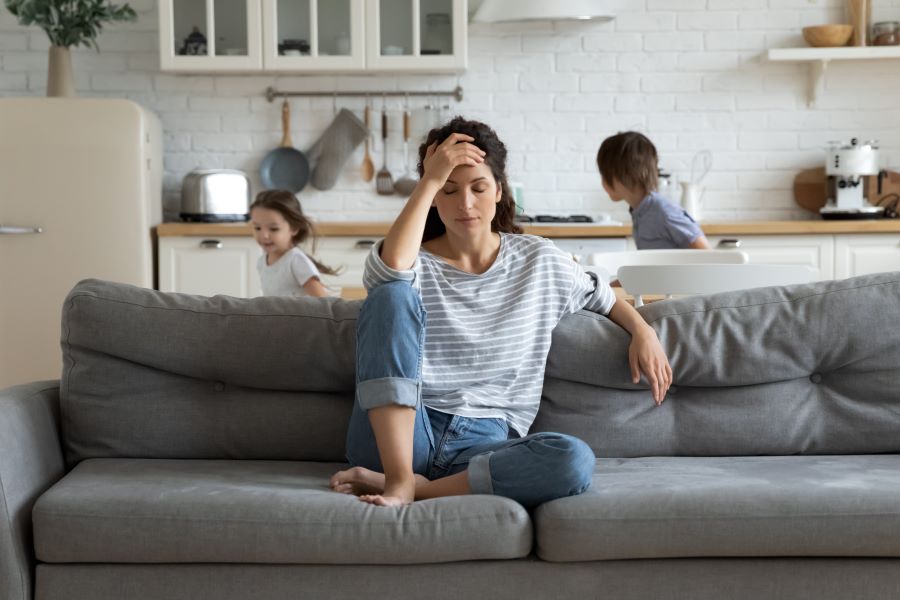Parallel Parenting Works for Kids After High-conflict Divorce


It’s not surprising that divorce often creates parenting conflicts. Even with the best intentions, the best parenting strategies can fall by the wayside under the pressure of a high-conflict divorce. While a co-parenting approach may be ideal from a research point of view, it may not be a realistic approach for parents experiencing high conflict.
In this situation, more parents are turning to an approach known as “parallel parenting” as the next best option.
Parallel parenting means that parents continue to act as parents, living parallel lives with their children, but effectively disengaging with one another. Successful parallel parenting relies on very careful coordination: the idea is that both parents will be able to manage their interaction with their children with minimal or no direct contact with each other. Parents who choose this approach need to develop a highly specific schedule that includes pick-up and drop-off times and clearly marked responsibilities. This eliminates the need for interaction, unless there is an emergency.
When it works, parents can go about their lives, and children can be secure without being caught in the middle of the conflict between their parents.
Most experts agree that active involvement from both parents is in the best interest of the children. When high conflict gets in the way of peaceful interactions, parallel parenting allows parents to get on with their lives and still engage with their children as equal contributors to their child’s growth and development. In this scenario, it is okay to have differing philosophies, rules, and routines. The main objective is to reduce direct conflict.
To successfully parallel parent, it is important to be proactive instead of reactive. And try not to sweat the small stuff. If the rules at mom or dad’s house do not match up perfectly, that is OK. Children will adapt. The most important point is that children should never be caught in the middle. Communication between parents, when necessary, should be more business-like. Since face-to-face interactions can be emotionally charged, it is recommended that all communication be done through email or text.
The focus of parallel parenting should always be the children, never the other parent. Children caught in the middle of parental conflict are the unintended victims. You may think you are hurting your ex with jabs and snappy come-backs, but your children will end up suffering far more than you or your ex. Try to sever the ties and live independently. Everyone benefits in the long run.
Sources:
- Parenting After Divorce: A Guide to Resolving Conflict and Meeting Your Child’s Needs, Philip M
- Stahl, PhD.
American Psychological Association - A niche that puts children first.
Psychology Today - Parallel Parenting After Divorce.
Powered by Bundoo®










































